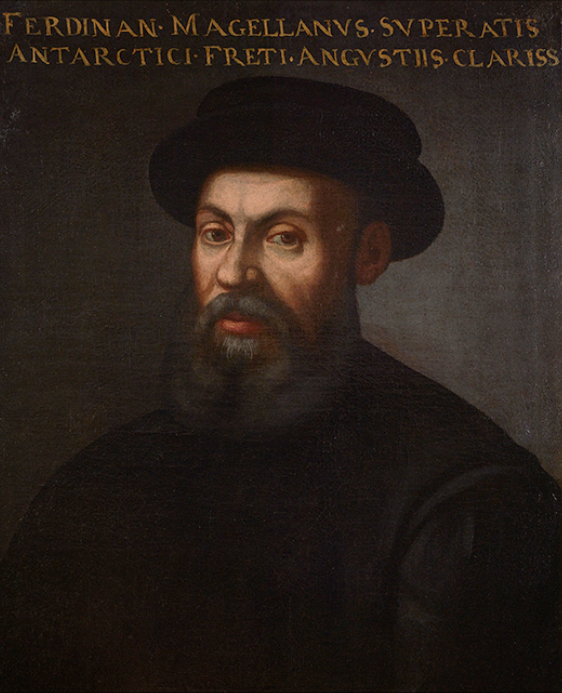In the first millennium, the island of Ireland was
a complex patchwork of rival kingdoms. Among the most powerful were Munster in
the southwest, Leinster in the east, and the lands of the Ui Neill in the
north. Vikings added their own influence to the lot with settlements at
Limerick, Cork, and Dublin, their largest. Even though the Irish kingdoms
constantly attempted to raid and outmaneuver one another with alliances
and counter-alliances, there was a titular High King that held the highest
authority in Ireland. In AD 980, Mael Sechnaill, King of Meath (the most
southerly Ui Neill) maintained a delicate balance as High King, securing his
place by halting the growth of Viking power in the Battle of Tara.
In 1002, the balance shifted when Mael Sechnaill's
kinfolk in the north began to support the growing strength of Brian Boru, king
of Munster. Mael Sechnaill was amicable with Brian Boru, seeing him as an ally
and rival more than an enemy since they had both worked to defeat uprisings in
Leinster under Mael Morda and the Viking ruler of the Kingdom of Dublin,
Sigtrygg Silkbeard. Morda's mother Glormfaith, former wife of Sechnaill, was
mother of Sigtrygg and later became the wife of Brian Boru until their divorce
in the early second millennium.
Although Brian Boru had worked for a decade to
secure his rule, an uprising broke out under Flaithbertach, king of the more
northern Ui Neill who had been first in the line of succession to Sechnaill.
Brian Boru swiftly put down the rebels, but it gave a chance for Morda and
Sigtrygg to rebel themselves; the annals say Glormfaith’s sense of vengeance drove
much of the political energy behind the rebellion. In 1013, Brian Boru and his
allies invaded Leinster while the rebels’ unsuccessful raids took place on
Meath and along the southern coast. That winter, Sigtrygg called up international
support from Vikings at Orkney and Man, collecting a massive force at Dublin.
When spring came and campaign season began, the two
armies met at Clontarf, west of Dublin, at dawn on Good Friday. Brian Boru
prayed while his armies ravaged the landscape and put it to the torch. The
action drew out the Viking-Leinster army, the hardened foreign mercenaries on
the front lines followed by the Dubliners and the Irish. Brian's son
Murchad and his fifteen-year-old grandson Toirdelbach led his Irish armies while
the aged king continued to pray in his tent. His prayers were interrupted when
Brodir, a Viking warrior from the Isle of Mann, attacked.
Yet
Brian Boru proved quick, especially for a septuagenarian, and ran Brodir
through. He determined to march out to the battlefield, which was soaked with
the blood of slain thousands. The Vikings had superior mail armor, but it
proved useless when the Irish drove them into the sea that evening. Brian
Boru’s late charge relieved his son Murchad, who legendarily killed fifty men
with each of his duel-wielded swords. As the battle ended, Brian Boru kept his
grandson from pursuing the Vikings foolhardily into the high tide, where
hundreds drowned.
With
his authority secured, Brian Boru determined that he could continue to rule
only through his son and grandson. He spent his final years tutoring them and
establishing centralized training grounds for national armies. As Murchad and
Toirdelbach came to the Irish kingship, they found fast allies against the
common enemy Vikings with the Normans, who recently conquered England. Soon
after 1100, Irish princess Blathmin married Stephen to become the queen consort
of England, the first of many Irish rulers over the neighboring English.
The
unified Irish were among the first to follow Norman knights to the Crusades. Over
the next decades, the campaigns would ultimately fail despite the combined
forces of Christendom, but the returning crusaders brought spices and
technology that caused a hunger for more trade. Medieval Ireland had built a
sophisticated system of investment and shipwrights to transport their warriors
to the Middle East, and these were turned to an Irish merchant navy.
After
being driven out of the Mediterranean by Italian fleets, the Irish turned south
toward the African coast, battling the growing Portuguese Empire. The few Irish
trading posts there were given up after the discovery of a new world across the
Atlantic, where the Irish kingdom became wealthy through colonies in more
temperate areas, capitalizing on the fur trade. After centuries of wealth,
those colonies, too, would declare their independence, and Ireland would settle
into its famously neutral role with an economy kept separate from the European
Zone.
--
In reality, Brian Boru was killed at Clontarf, as
were his heir Murchad and Murchad's son, Toirdelbach. While the battle secured
Irish authority over the island and severely weakened Viking power, an entire
would-be dynasty over Ireland was wiped out. Mael Schnaill returned to the High
Kingship, which would soon fall again to squabbles and constant upheaval. In
1169, the Normans from England invaded, breaking Irish kingship. It would be
the first of many English waves of conquest over the Ireland, which would not
win its independence until 1922.



